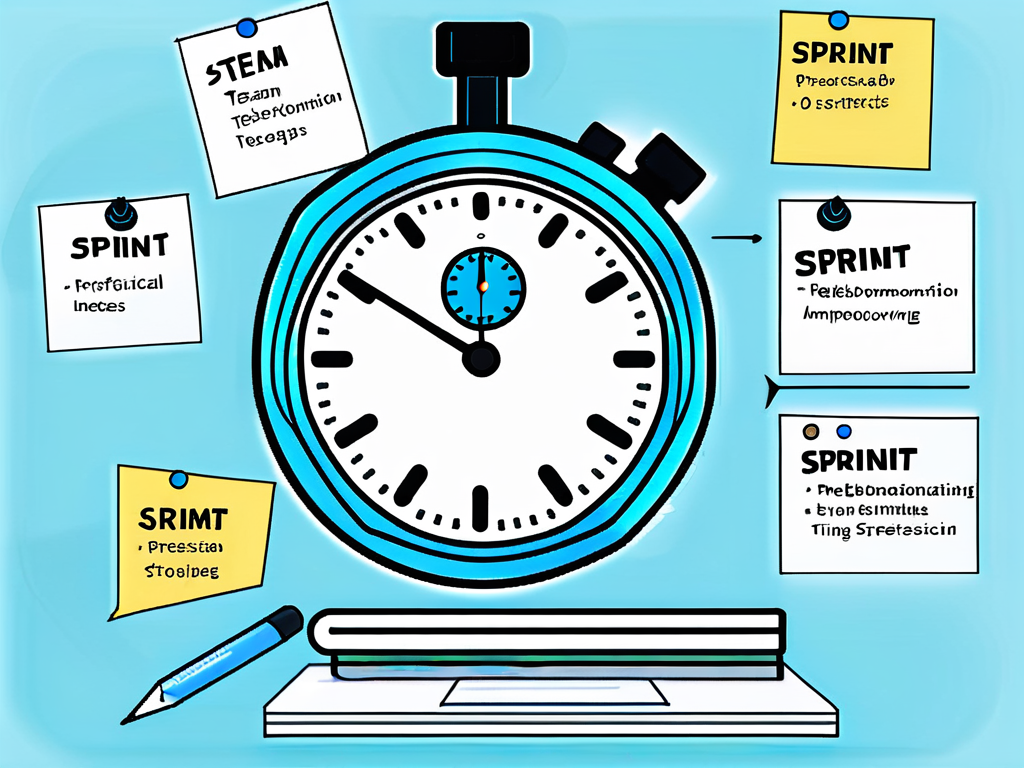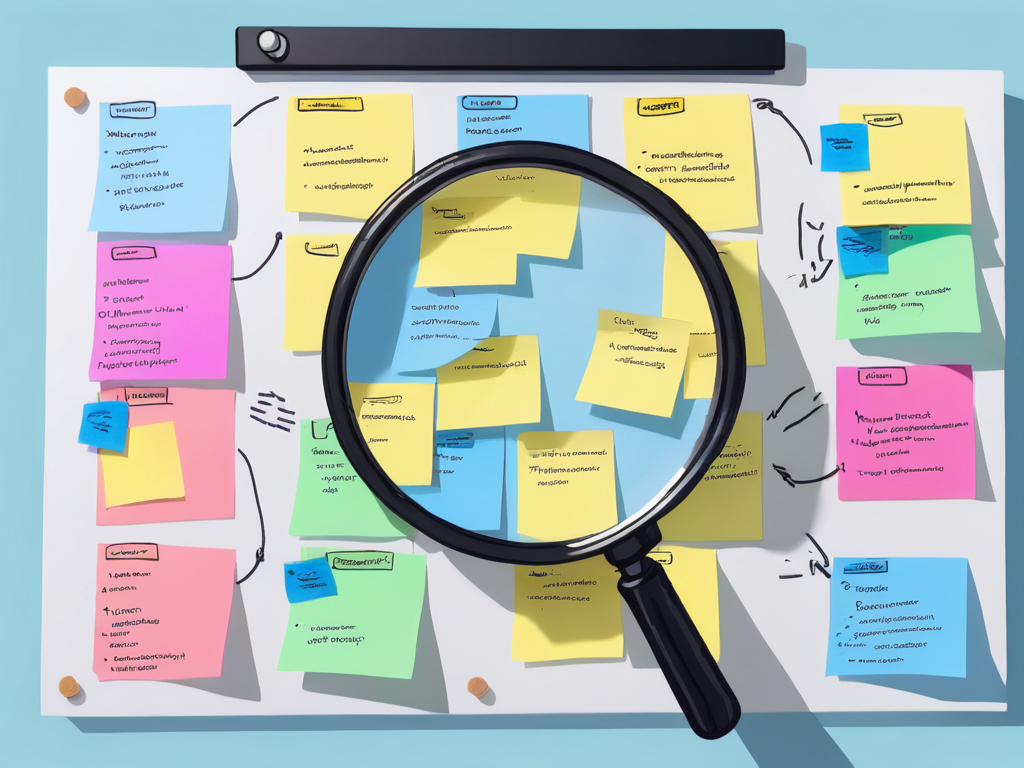· Mauricio · tutorials · 10 min read
Maximizing Efficiency The Power of The Sprint Retrospective
Unveil the power of the Sprint Retrospective in boosting efficiency. Dive into Astrowind's journey towards transparency and success.

In the fast-paced world of agile software development, maximizing efficiency is key to delivering successful projects on time. One powerful tool that aids in this endeavor is the sprint retrospective. This article explores the concept of the sprint retrospective, its importance in the agile methodology, the process of conducting one, and how it can be leveraged to maximize efficiency.
Understanding the Concept of Sprint Retrospective
The sprint retrospective is a dedicated time for the agile team to reflect on the past sprint and identify areas for improvement. It serves as an essential feedback loop that enables the team to continuously learn and adapt. This feedback loop is crucial for fostering a culture of continuous improvement and driving efficiency throughout the development process.
 During a sprint retrospective, team members come together to review the sprint’s successes and challenges. They discuss what worked well, what could have been done better, and how they can optimize their processes for future sprints. This collaborative discussion encourages open communication and empowers team members to take ownership of their work.
During a sprint retrospective, team members come together to review the sprint’s successes and challenges. They discuss what worked well, what could have been done better, and how they can optimize their processes for future sprints. This collaborative discussion encourages open communication and empowers team members to take ownership of their work.
Definition and Importance of Sprint Retrospective
The sprint retrospective is a structured meeting held at the end of each sprint to reflect on what went well, what could be improved, and how the team can work smarter in future sprints. It provides an opportunity for team members to openly discuss their experiences, share feedback, and collaboratively brainstorm solutions. By identifying and addressing areas of improvement, the team can enhance their performance and deliver higher quality work.
Moreover, the sprint retrospective promotes a culture of accountability and continuous learning within the team. By encouraging self-reflection and constructive criticism, team members can foster a growth mindset and strive for excellence in their work. This commitment to ongoing improvement not only benefits the current project but also builds a foundation for long-term success.
The Role of Sprint Retrospective in Agile Methodology
In the agile methodology, the sprint retrospective plays a critical role in the iterative development process. It ensures that the team continuously learns from their experiences and adapts their practices accordingly. By regularly reflecting and refining their processes, the team can improve collaboration, solve problems more effectively, and ultimately increase their overall efficiency.
Furthermore, the insights gained from sprint retrospectives can inform future planning and decision-making. By analyzing past performance and identifying patterns, the team can make informed adjustments to their workflow and strategy. This data-driven approach empowers the team to make evidence-based decisions and optimize their productivity over time.
The Process of Conducting a Sprint Retrospective
Conducting a sprint retrospective involves several key steps to ensure its effectiveness. By following a well-defined process, teams can maximize the benefits of the retrospective and drive continuous improvement.

Preparing for a Sprint Retrospective
Prior to the retrospective meeting, it is essential to set the stage for a productive session. This includes communicating the purpose and agenda of the retrospective to all team members, ensuring everyone understands the importance of their active participation. Creating a safe and non-judgmental environment where everyone feels comfortable sharing their thoughts and ideas is also crucial.
Moreover, it is beneficial to encourage team members to reflect on both the positive aspects and the areas that need improvement during the sprint. By fostering a culture of open communication and constructive feedback, teams can create a space for honest dialogue and meaningful insights.
Key Steps in a Sprint Retrospective
The sprint retrospective typically consists of three main steps: gathering data, generating insights, and defining actions. In the gathering data phase, team members share their individual observations and experiences from the sprint. This can include successes, challenges, and any areas that need improvement. Once the data is collected, the team can collectively analyze it to identify patterns, insights, and potential opportunities for improvement. Finally, the team collaboratively defines concrete actions to address the identified areas and commits to implementing them in the next sprint.
Furthermore, it is essential for the team to prioritize the action items based on their impact and feasibility. By focusing on the most critical areas for improvement and setting realistic goals, teams can ensure that the retrospective leads to tangible changes and continuous growth. Regularly reviewing and revisiting the action items from previous retrospectives can also help teams track their progress and maintain a culture of continuous improvement.
Maximizing Efficiency with Sprint Retrospective
A sprint retrospective is not just a box-ticking exercise; it is a powerful tool that, when utilized effectively, can significantly enhance efficiency within the team. By actively identifying and addressing inefficiencies, teams can optimize their working processes and deliver higher quality work in less time.

Identifying and Addressing Inefficiencies
During the sprint retrospective, the team has the opportunity to reflect on their practices and identify areas where inefficiencies exist. By having open and honest discussions, team members can share their perspectives and insights, leading to a deeper understanding of the issues at hand. Once inefficiencies are identified, the team can collectively brainstorm strategies and action plans to overcome them. This collaborative approach drives continuous improvement and ultimately increases efficiency.
For example, let’s say the team discovers that a particular step in their workflow is causing delays and hindering productivity. Through the sprint retrospective, they can delve into the root causes of this inefficiency. Perhaps the team realizes that the lack of clear communication between departments is causing confusion and unnecessary rework. Armed with this insight, they can implement measures to improve communication channels, such as regular meetings or using project management tools, to ensure everyone is on the same page and working towards a common goal.
Fostering Continuous Improvement
Efficiency is not a one-time achievement; it is a continuous journey of improvement. The sprint retrospective serves as a regular checkpoint for the team to reflect on their progress and identify new areas for growth. By consistently focusing on refining their processes, the team can continuously eliminate bottlenecks, streamline workflows, and optimize their overall efficiency. A culture of continuous improvement must be nurtured through the sprint retrospective’s proactive actions and persistent dedication to enhancing efficiency.
Furthermore, the sprint retrospective encourages the team to think outside the box and explore innovative solutions to improve efficiency. It provides a platform for team members to share their ideas and experiment with new approaches. This creative environment fosters a sense of ownership and empowerment, as individuals feel valued for their contributions and are motivated to actively seek ways to enhance their work processes.
For instance, during a sprint retrospective, a team member might propose the adoption of a new software tool that automates repetitive tasks, saving valuable time and reducing the risk of errors. By embracing this suggestion and implementing the tool, the team can experience a significant boost in efficiency, allowing them to focus on more critical aspects of their work.
In conclusion, the sprint retrospective is not just a routine meeting; it is a catalyst for positive change and increased efficiency. By actively identifying and addressing inefficiencies and fostering a culture of continuous improvement, teams can unlock their full potential and deliver exceptional results.
Common Challenges in Sprint Retrospective and Solutions
While the sprint retrospective can be a powerful tool, it is not without its challenges. It’s important to recognize and address these challenges to ensure the effectiveness of the retrospective and maintain steady progress towards maximizing efficiency.
One common challenge that teams face during sprint retrospectives is the issue of time management. With busy schedules and competing priorities, it can be difficult to allocate sufficient time for a thorough retrospective. To combat this challenge, teams can consider setting aside dedicated time slots for retrospectives and adhering to strict time limits for each discussion point. This ensures that all relevant topics are covered without the retrospective running over schedule.
Overcoming Communication Barriers
Effective communication is vital for a successful sprint retrospective. However, team members may face difficulties sharing their thoughts or concerns openly. To overcome this challenge, the team can establish guidelines for open and respectful communication. Creating a safe and non-judgmental environment encourages team members to express their ideas freely, ensuring all voices are heard and diverse perspectives are considered.
Another challenge that teams may encounter in sprint retrospectives is the lack of actionable outcomes. Without clear action items and follow-up plans, the retrospective discussions may not lead to tangible improvements in the next sprint. To address this challenge, teams can designate a facilitator to guide the retrospective process and ensure that concrete action items are identified for each discussion point. Assigning owners to follow up on these action items and tracking their progress can help maintain accountability and drive continuous improvement.
Dealing with Resistance to Change
Sometimes, team members may resist changes that are proposed during the sprint retrospective. This resistance can hinder progress and impede the overall goal of maximizing efficiency. To address this challenge, it is crucial to communicate the rationale behind proposed changes and highlight the benefits they can bring. Engaging team members in the decision-making process and demonstrating how their input influences the changes can help overcome resistance and foster a sense of ownership and buy-in from all team members.
Measuring the Impact of Sprint Retrospective
It is essential to measure the impact of the sprint retrospective to ensure its effectiveness and inform future improvements. Key performance indicators (KPIs) can be used to assess the outcomes and gauge the progress made as a result of the retrospective.
One important KPI for measuring the impact of the sprint retrospective is the number of actionable items identified. This metric provides valuable insights into the team’s ability to identify areas for improvement and take concrete steps towards addressing them. By tracking the number of actionable items, teams can evaluate the effectiveness of their retrospective discussions and determine whether they are generating meaningful outcomes.
Another KPI to consider is the percentage of actions completed. It is not enough to simply identify areas for improvement; the team must also follow through and implement the necessary changes. By tracking the completion rate of actions identified in the retrospective, teams can assess their ability to turn insights into tangible results. This metric highlights the team’s commitment to continuous improvement and their ability to execute on the identified action items.
Key Performance Indicators for Sprint Retrospective
Some common KPIs for measuring the impact of the sprint retrospective include the number of actionable items identified, the percentage of actions completed, and the team’s overall satisfaction with the retrospective process. By regularly tracking these KPIs, the team can assess the effectiveness of the retrospective and make data-driven decisions to enhance efficiency in future sprints.
Additionally, the team’s overall satisfaction with the retrospective process is an important KPI to consider. The retrospective should provide a safe and collaborative environment for team members to reflect on their work and discuss potential improvements. By measuring the team’s satisfaction, teams can gauge the effectiveness of the retrospective in promoting open communication and fostering a culture of continuous learning and improvement.
Interpreting and Applying Results for Future Sprints
Interpreting the results from the retrospective and applying them to future sprints is crucial for continual growth and improvement. The insights gained from previous retrospectives should inform the team’s decision-making process and guide their actions in subsequent sprints. By consistently analyzing and applying the lessons learned, the team can further refine their processes, optimize efficiency, and deliver even better results in the future.
Furthermore, it is important to consider the context in which the retrospective took place when interpreting the results. Factors such as team dynamics, project complexity, and external influences can all impact the outcomes of the retrospective. By taking these factors into account, teams can gain a deeper understanding of the results and make more informed decisions about how to apply them to future sprints.
In conclusion, harnessing the power of the sprint retrospective can significantly contribute to maximizing efficiency in the agile software development process. By facilitating open communication, fostering continuous improvement, addressing challenges, and measuring its impact, teams can continuously enhance their performance, refine their processes, and deliver increasingly efficient results with each sprint.





